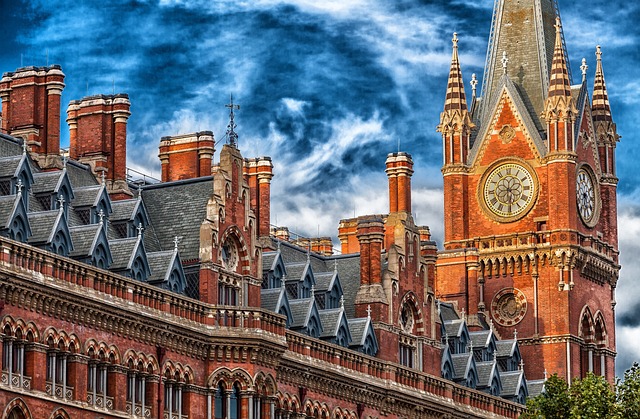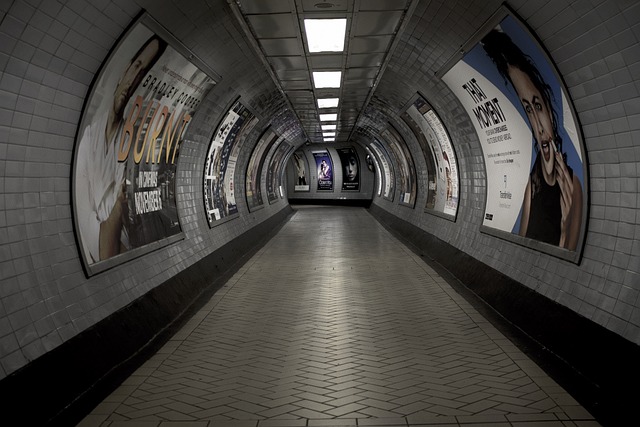British Art and Architecture: A Historical Overview

The United Kingdom boasts a rich and diverse artistic and architectural heritage that spans thousands of years. From ancient stone circles and medieval cathedrals to contemporary art galleries and modernist buildings, British art and architecture reflect the country’s evolving cultural, social, and political landscape. This article provides a historical overview of British art and architecture, highlighting key periods, styles, and iconic landmarks.
1. Prehistoric and Ancient Britain
- Stonehenge (c. 3000–2000 BCE): One of the most famous prehistoric monuments in the world, Stonehenge is a testament to the engineering and astronomical knowledge of its builders.
- Celtic Art: The Celts, who inhabited Britain before the Roman conquest, produced intricate metalwork, jewelry, and stone carvings characterized by swirling patterns and animal motifs.
2. Roman Britain (43–410 CE)
- Roman Architecture: The Romans introduced stone buildings, roads, and aqueducts to Britain. Notable examples include the Roman Baths in Bath and Hadrian’s Wall in northern England.
- Mosaics and Frescoes: Roman villas were adorned with colorful mosaics and frescoes, many of which have been preserved and can be seen in museums like the British Museum.
3. Medieval Period (5th–15th Century)
- Anglo-Saxon Art: Known for its illuminated manuscripts, such as the Lindisfarne Gospels, and intricate metalwork, including the Sutton Hoo treasures.
- Norman Architecture: After the Norman Conquest in 1066, massive stone castles and cathedrals were built. Examples include the Tower of London and Durham Cathedral.
- Gothic Architecture: The Gothic style, characterized by pointed arches, ribbed vaults, and flying buttresses, reached its peak in Britain with landmarks like Westminster Abbey and York Minster.
4. Tudor and Elizabethan Period (1485–1603)
- Tudor Architecture: Known for its timber-framed houses, such as those in Stratford-upon-Avon, and grand manor houses like Hampton Court Palace.
- Portraiture: The Tudor period saw the rise of portraiture, with artists like Hans Holbein the Younger capturing the likenesses of Henry VIII and his court.
5. Stuart and Georgian Period (1603–1837)
- Baroque Architecture: Inspired by continental Europe, Baroque architecture in Britain is exemplified by Sir Christopher Wren’s St. Paul’s Cathedral and the Royal Naval College in Greenwich.
- Palladianism: This classical style, based on the work of Andrea Palladio, influenced buildings like Chiswick House and Holkham Hall.
- Landscape Painting: Artists like Thomas Gainsborough and John Constable captured the beauty of the British countryside, while William Hogarth’s satirical works commented on society.
6. Victorian Era (1837–1901)
- Gothic Revival: The Victorian era saw a resurgence of Gothic architecture, with landmarks like the Houses of Parliament and St. Pancras Station.
- Industrial Architecture: The Industrial Revolution brought innovations in building materials and techniques, leading to structures like the Crystal Palace and the Forth Bridge.
- Pre-Raphaelite Brotherhood: This group of artists, including Dante Gabriel Rossetti and John Everett Millais, sought to return to the detail and vibrant colors of early Renaissance art.
7. 20th Century to Present
- Modernism: The 20th century saw the rise of modernist architecture, with pioneers like Sir Edwin Lutyens and Le Corbusier influencing buildings such as the Royal Festival Hall and the Barbican Estate.
- Contemporary Art: Britain has been at the forefront of contemporary art, with movements like Pop Art (led by artists like David Hockney) and the Young British Artists (including Damien Hirst and Tracey Emin).
- Iconic Landmarks: Modern architectural marvels include the Shard, the Gherkin, and the Tate Modern, housed in a converted power station.



